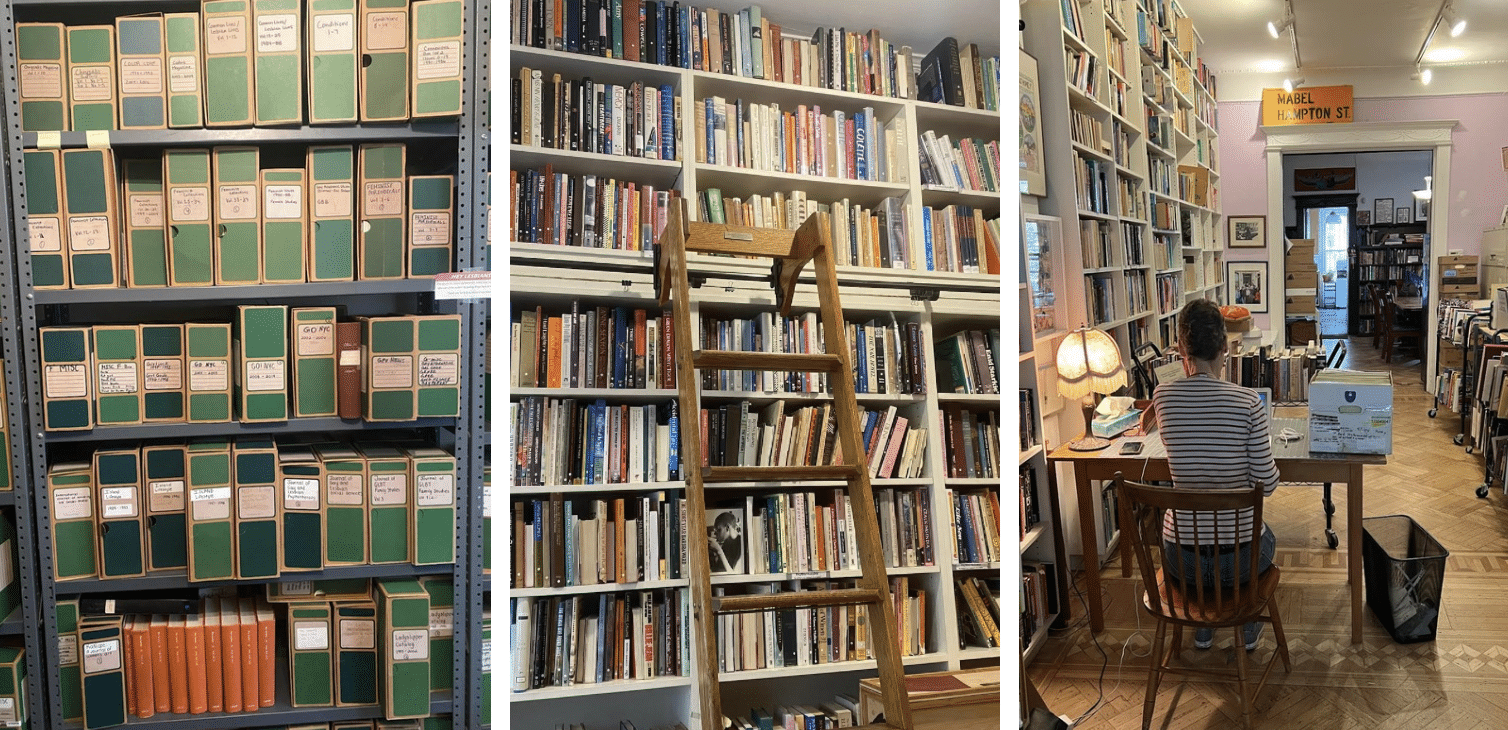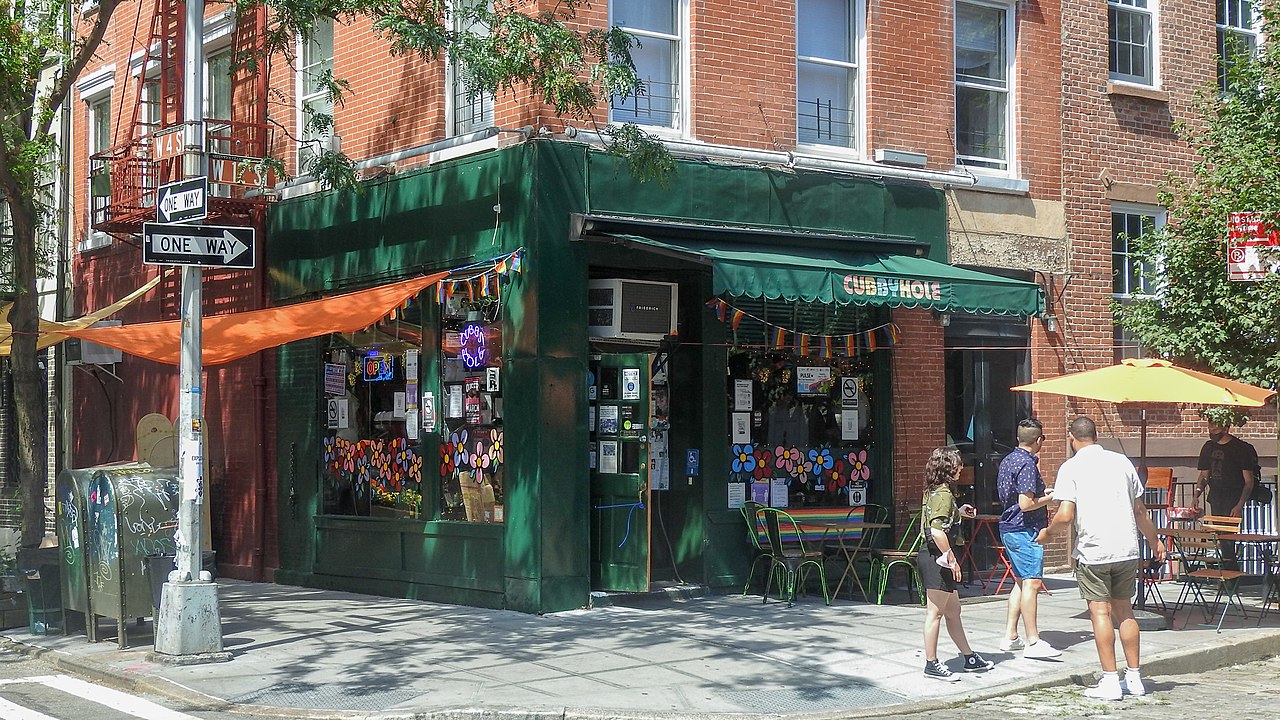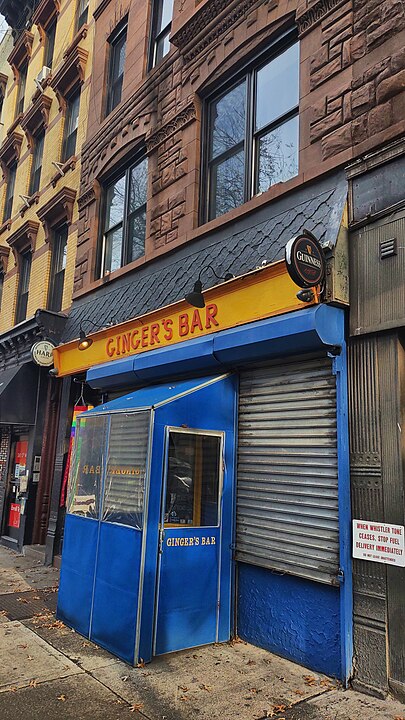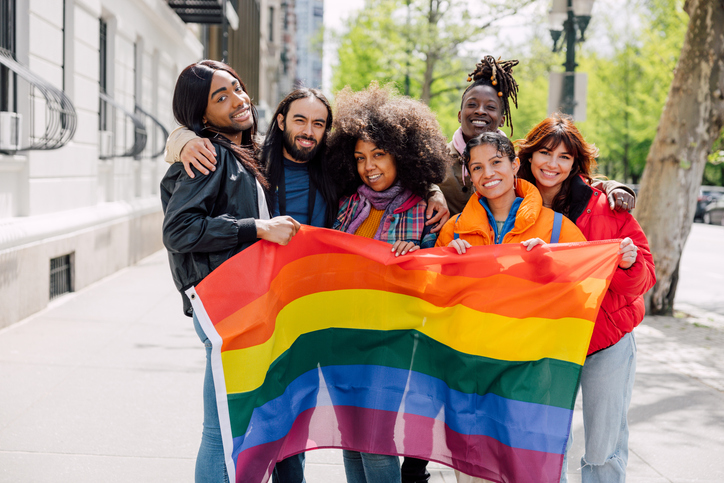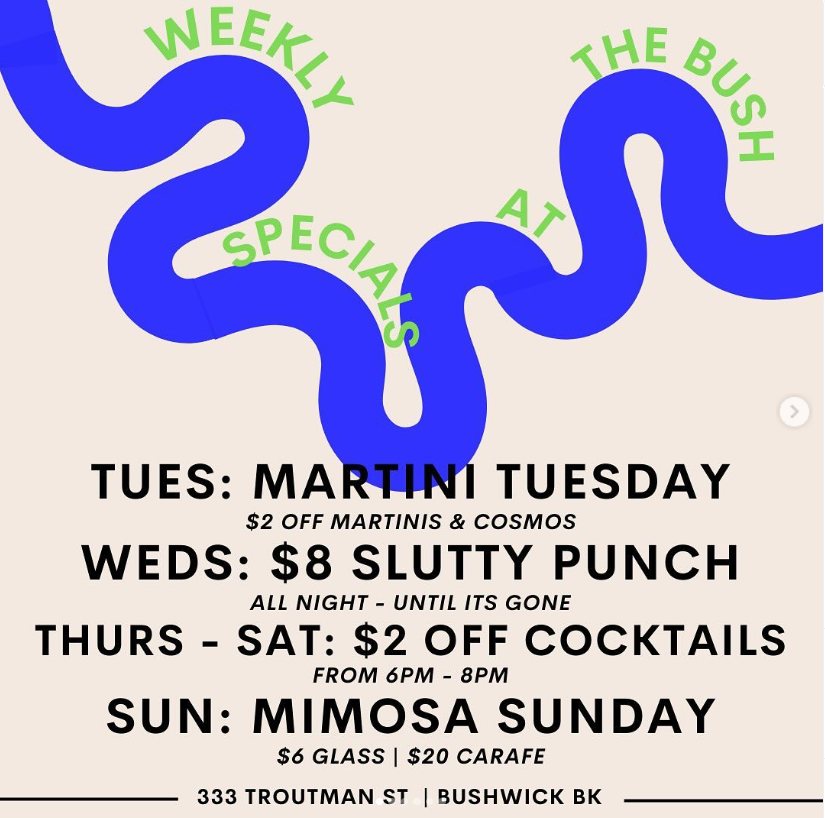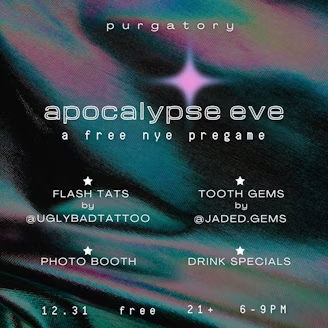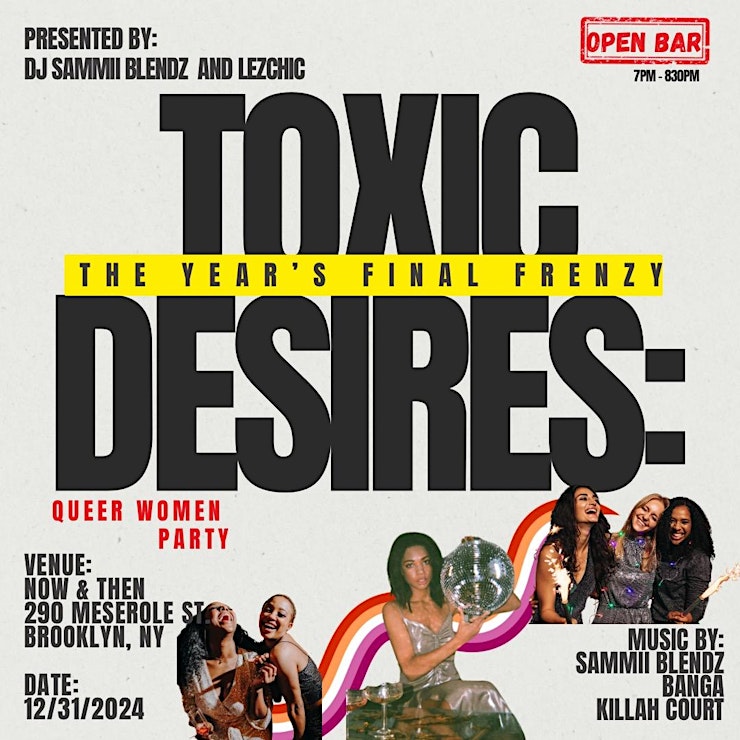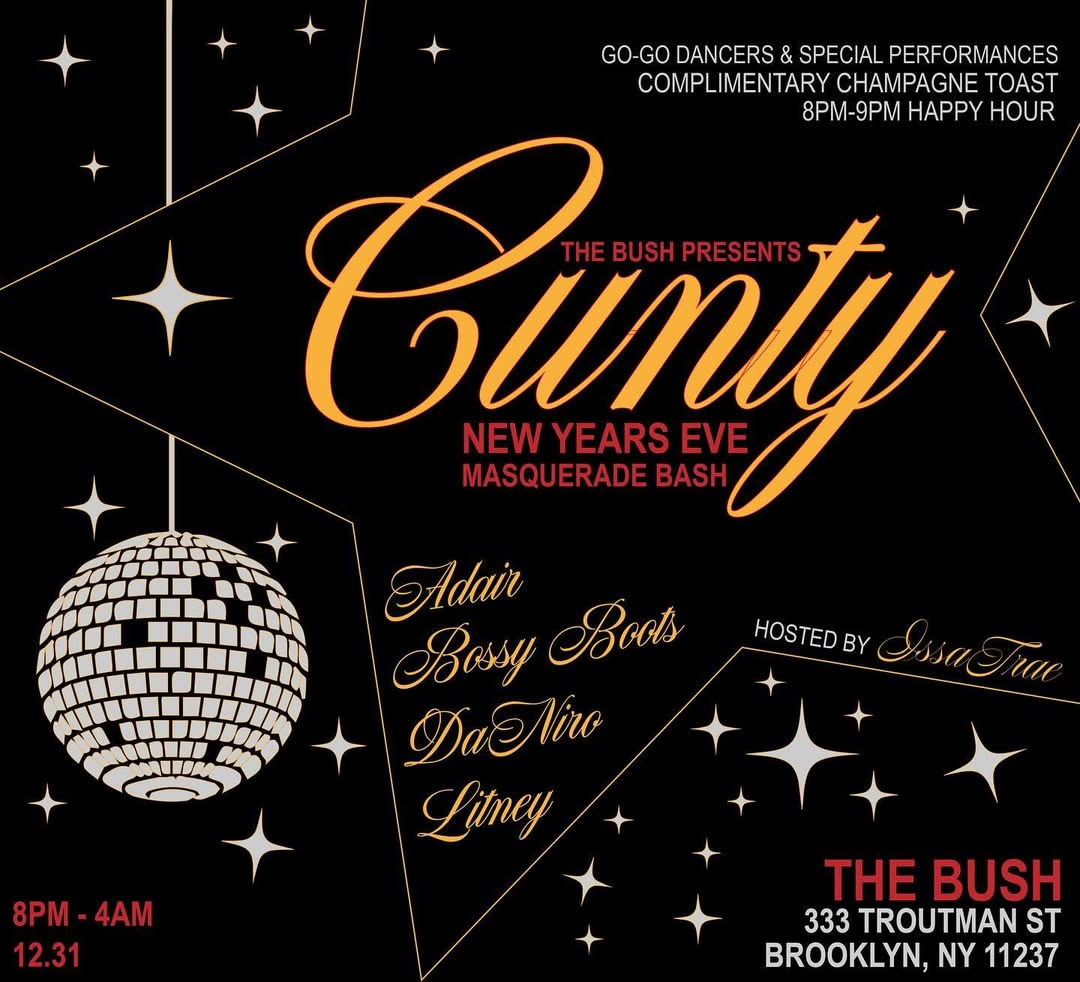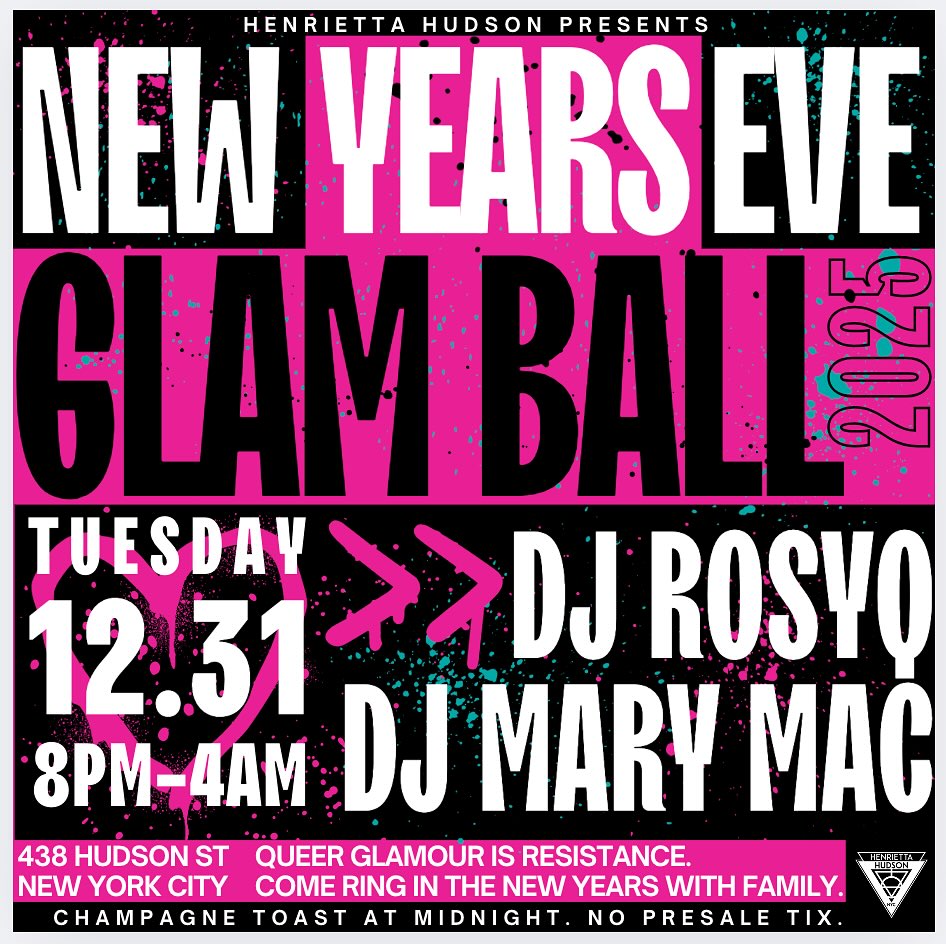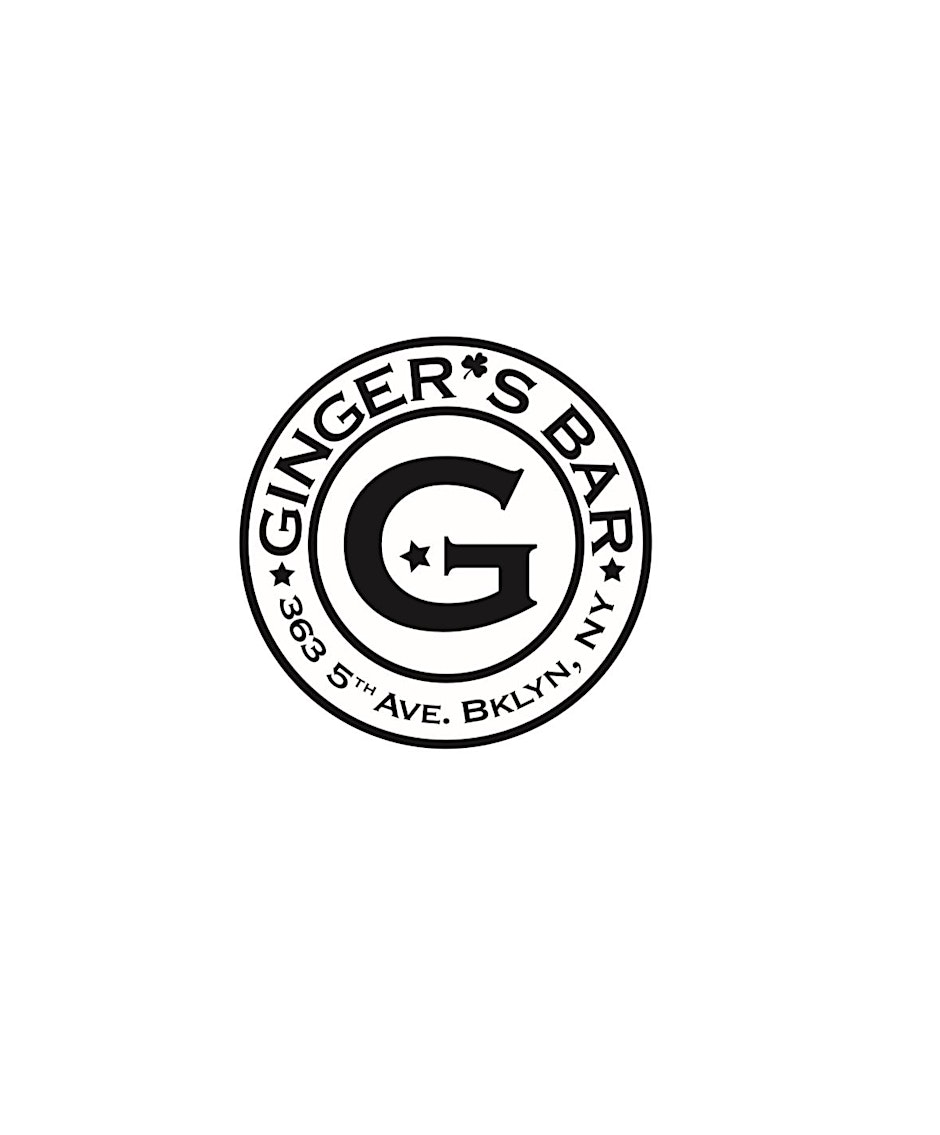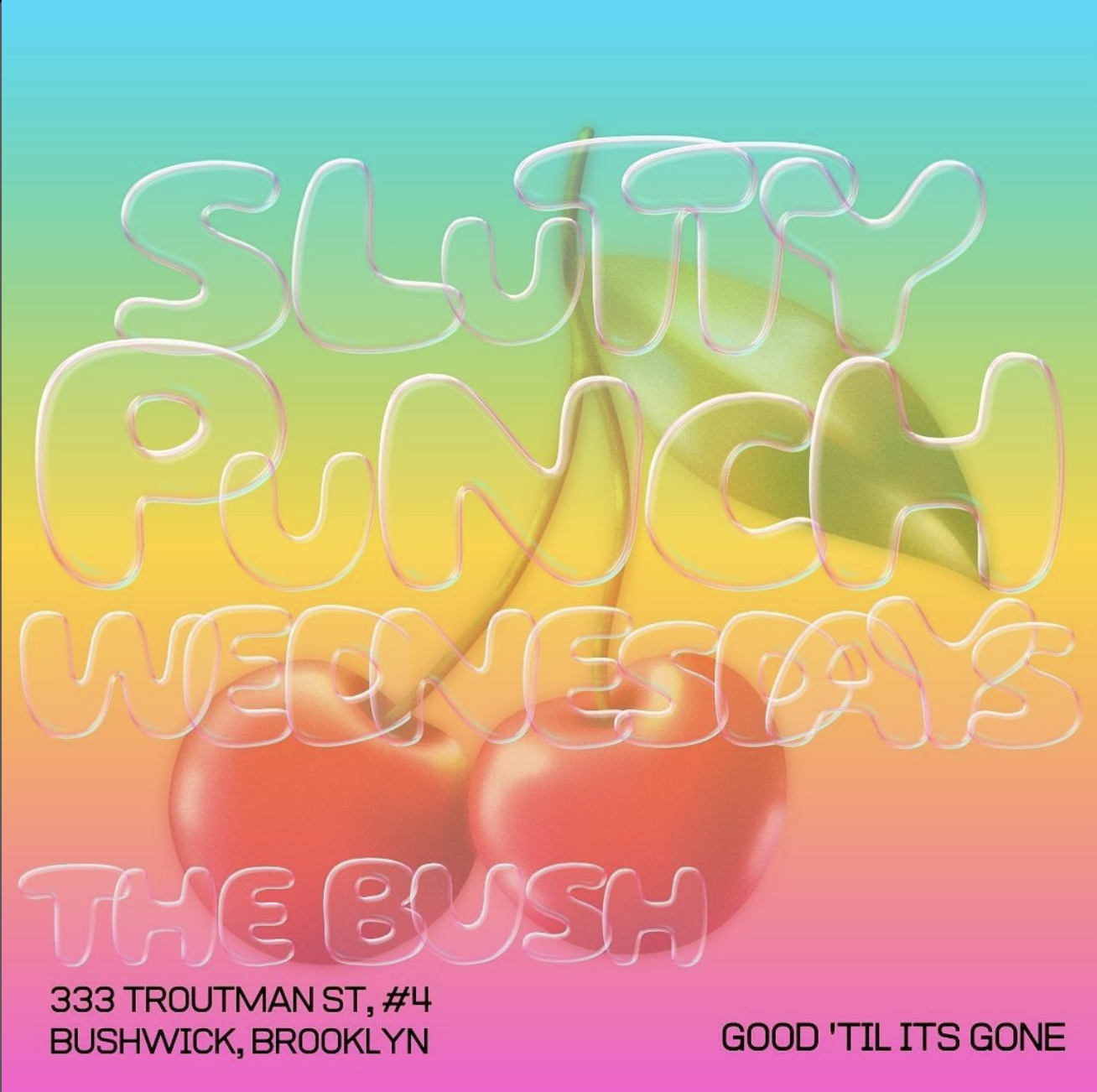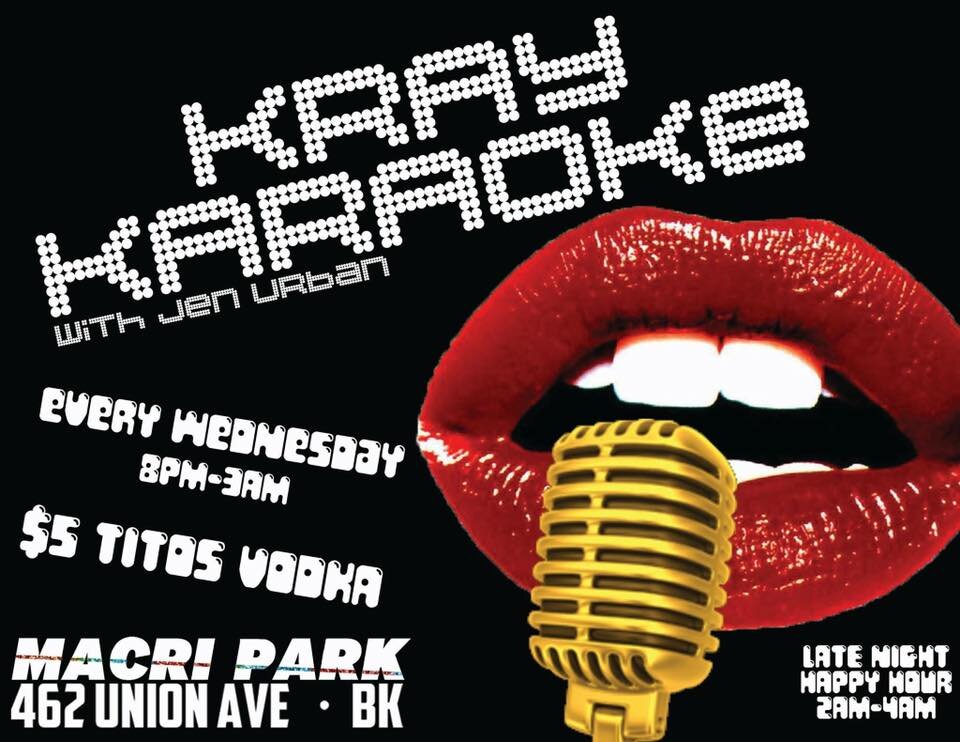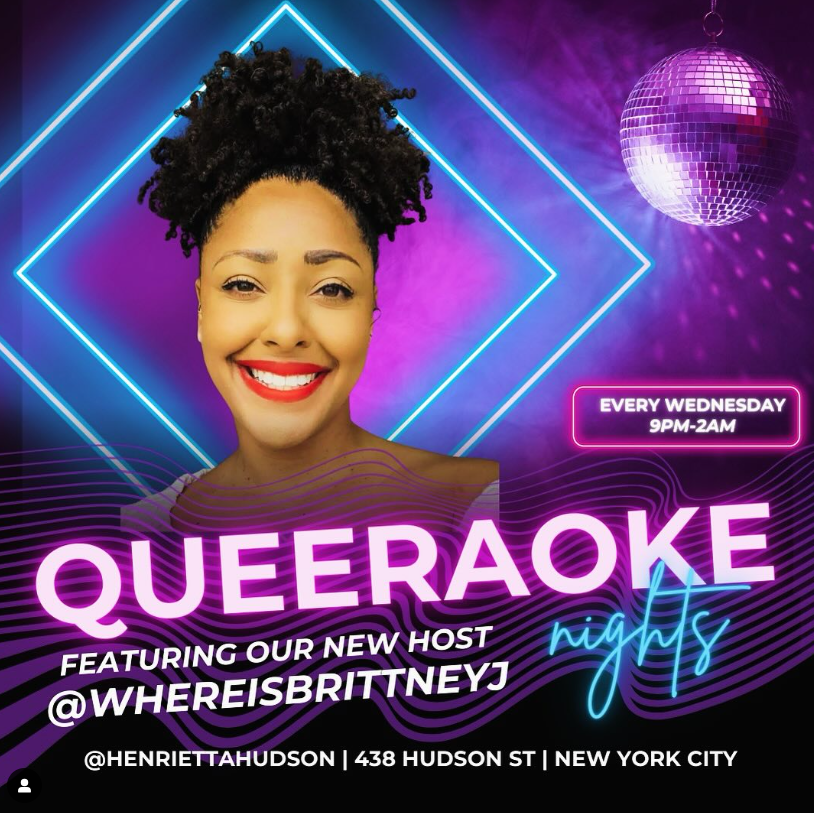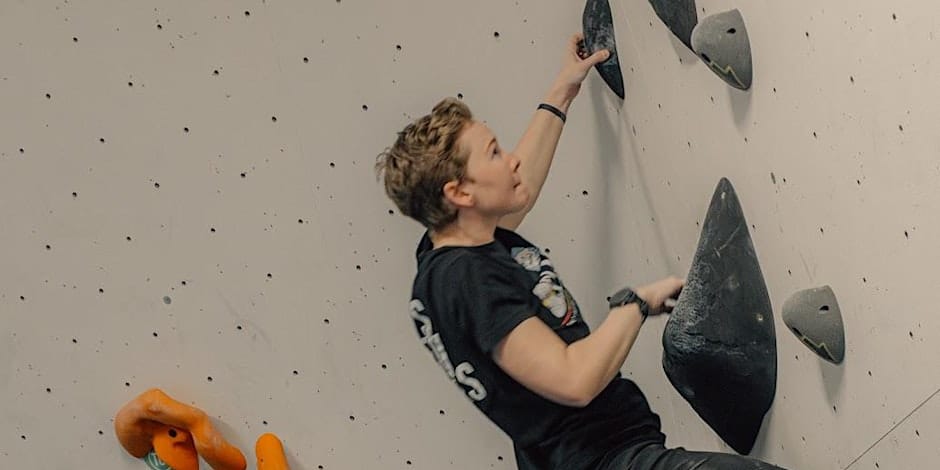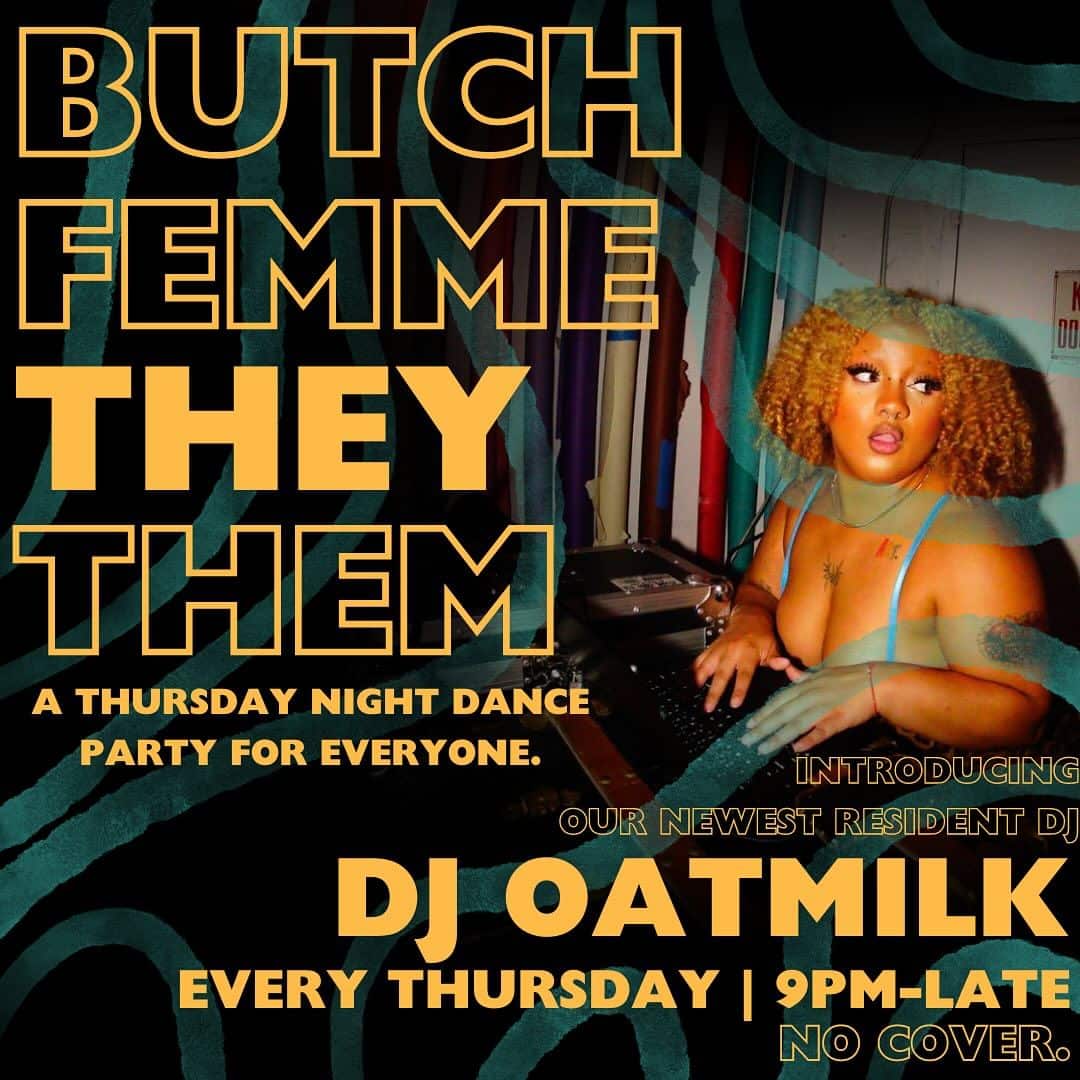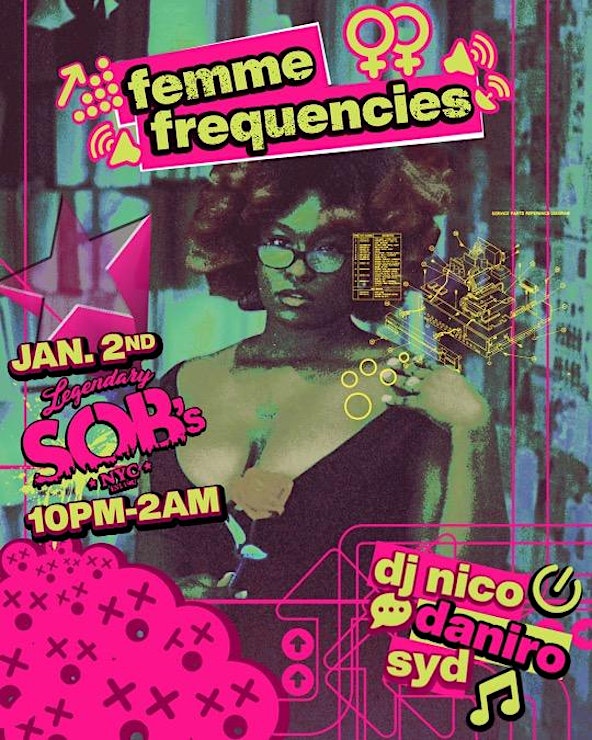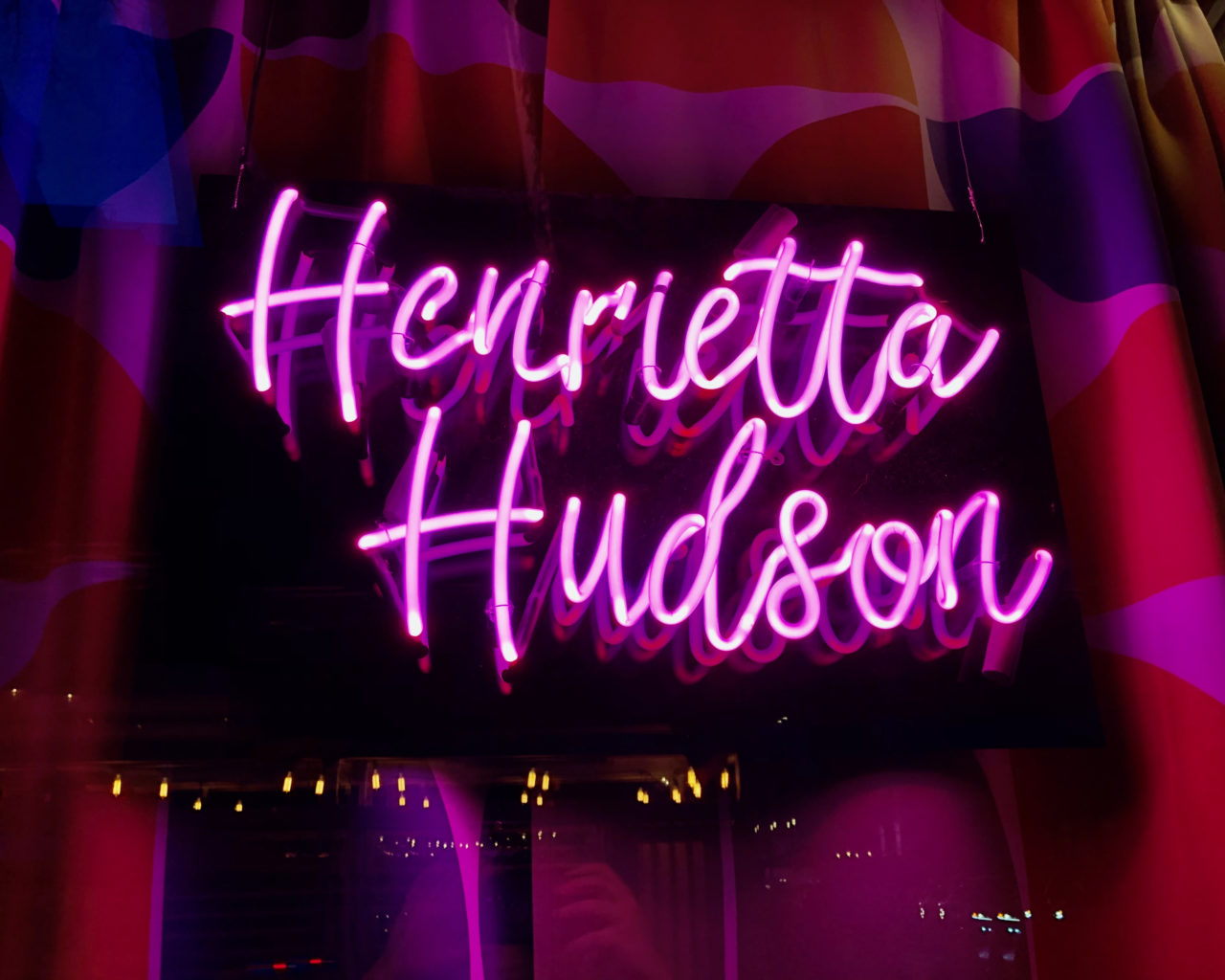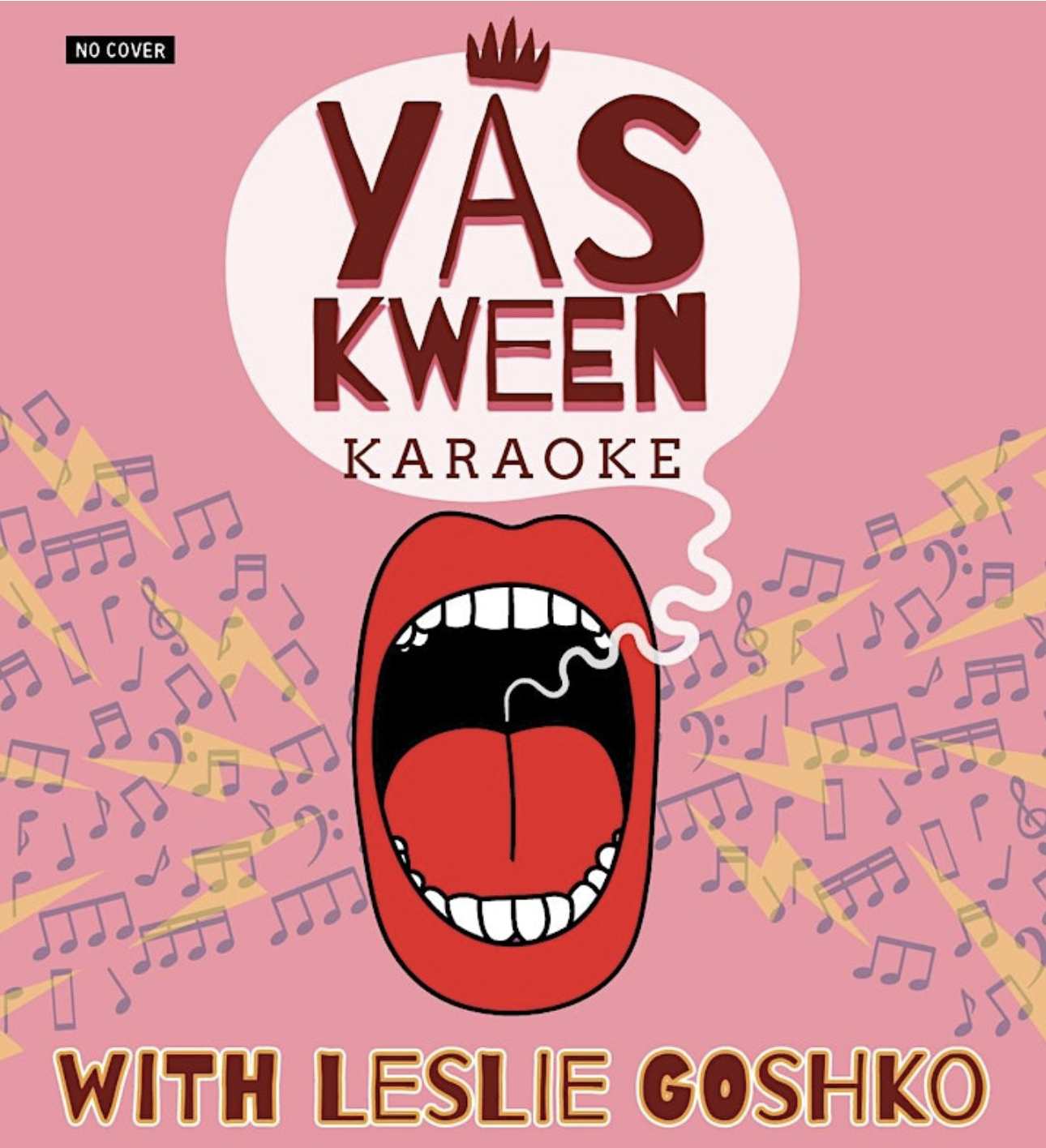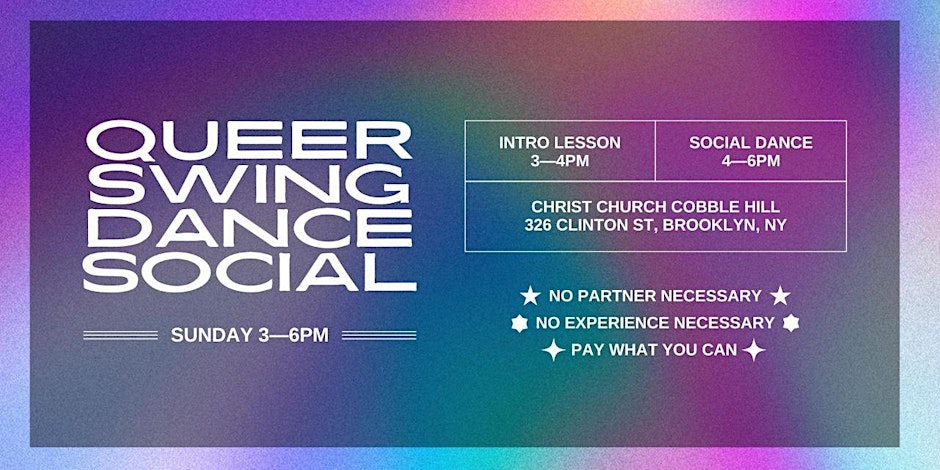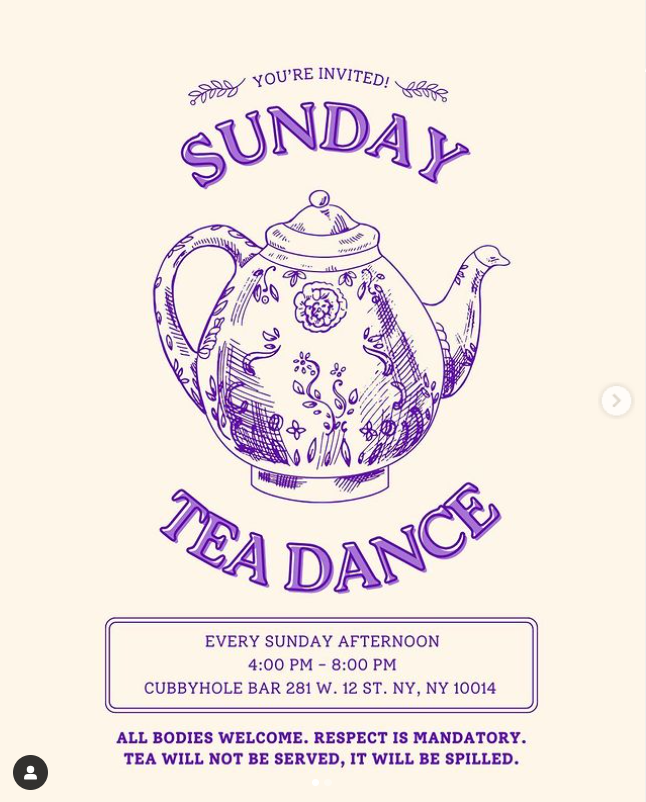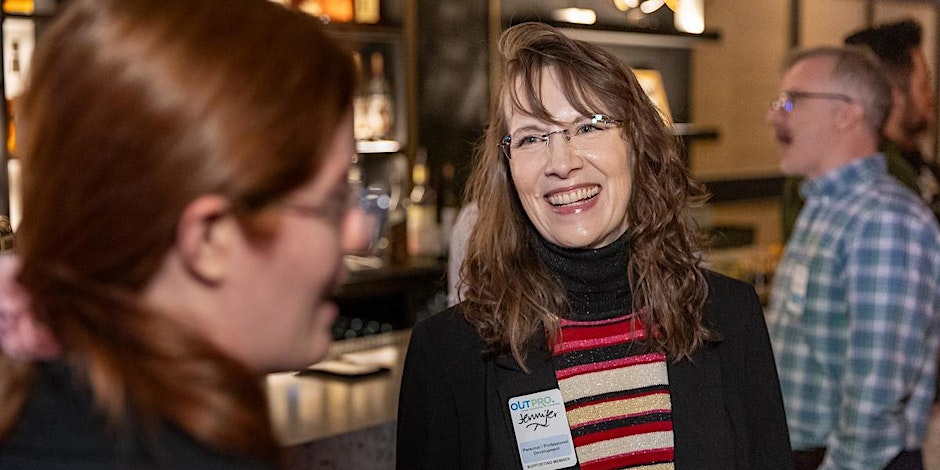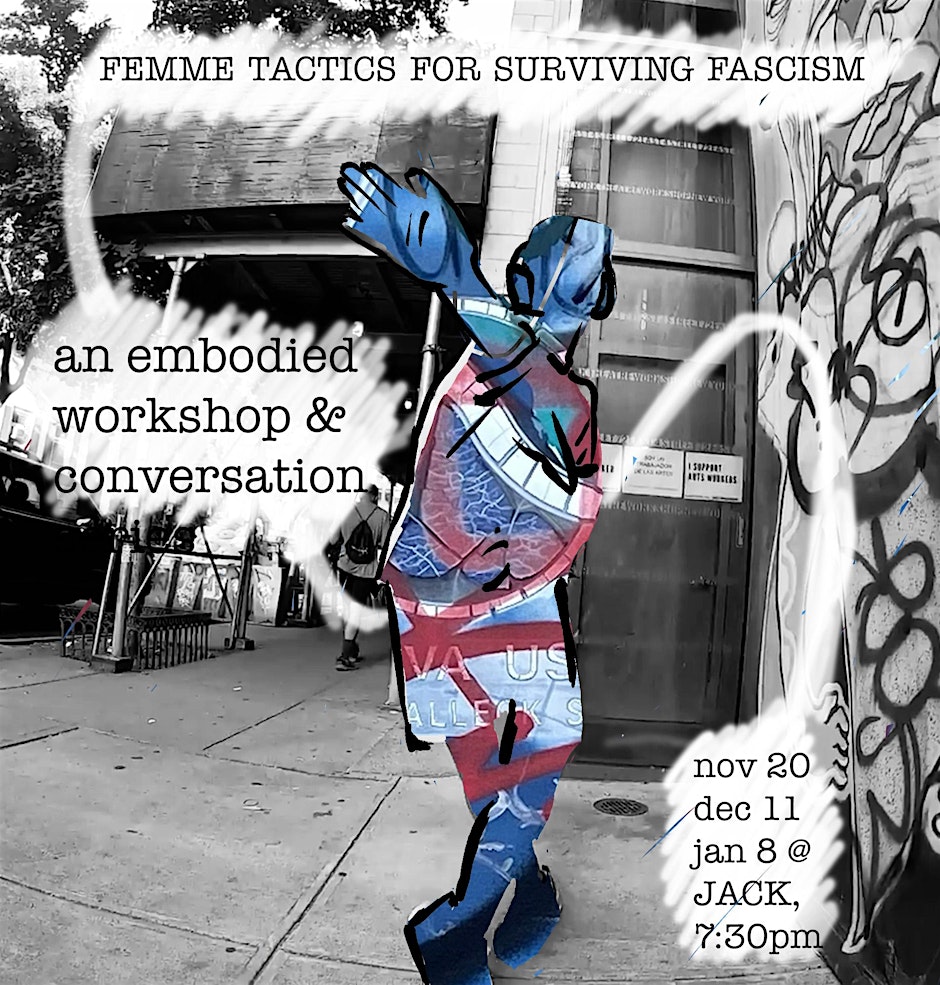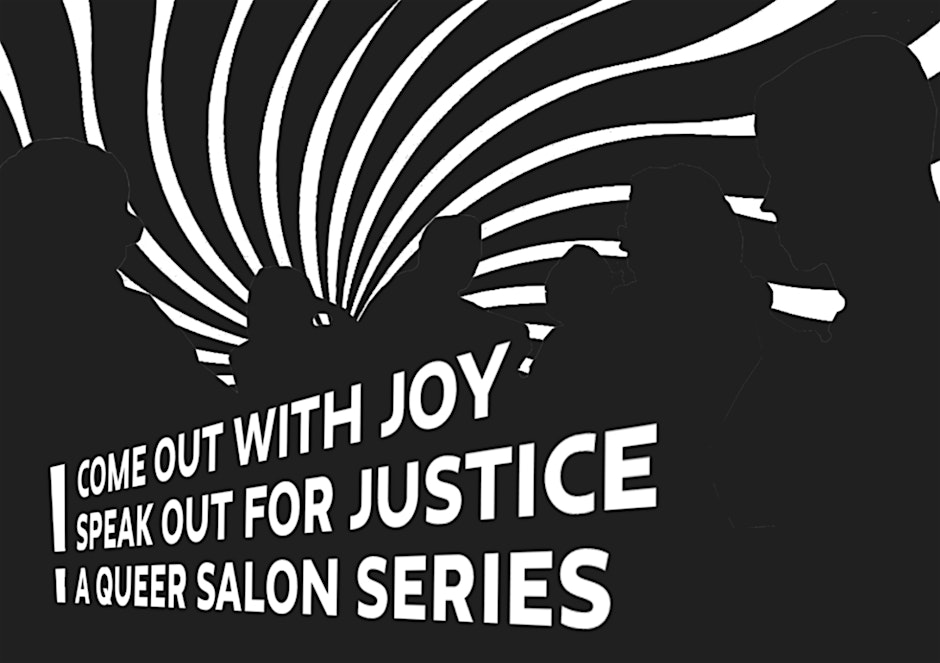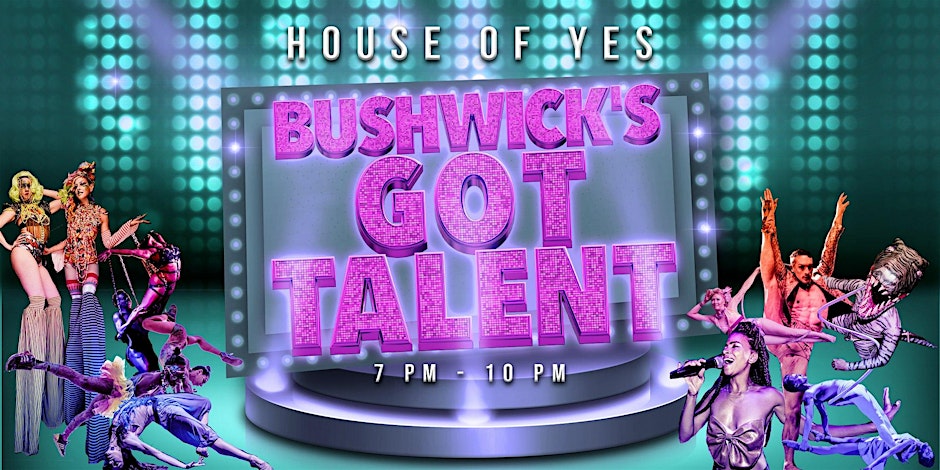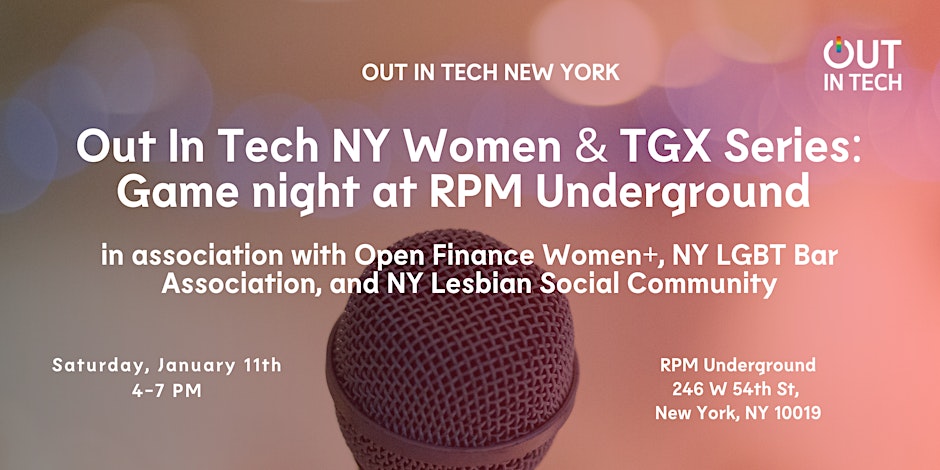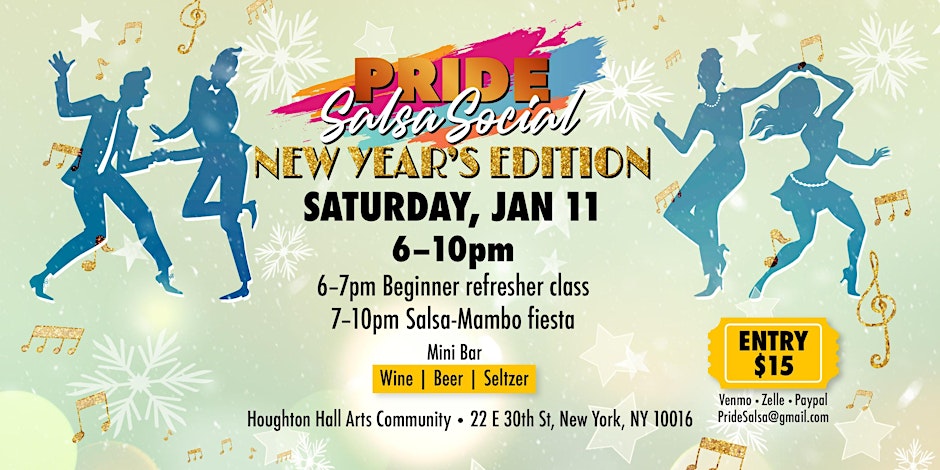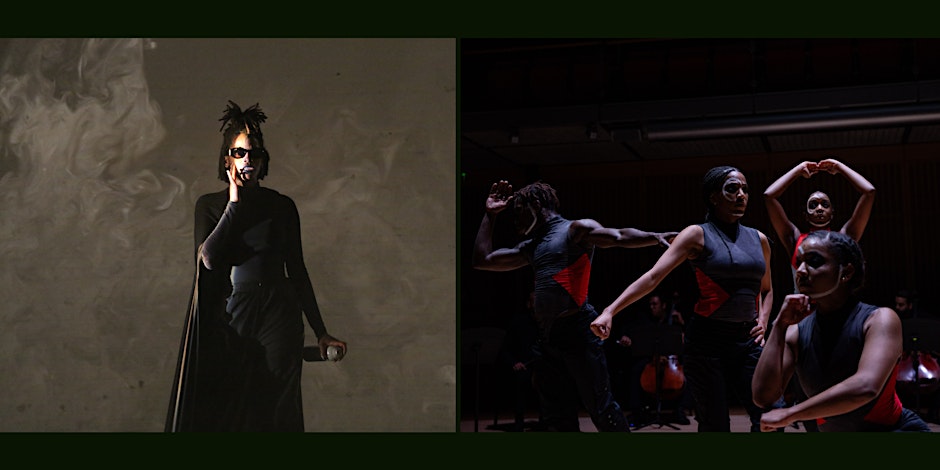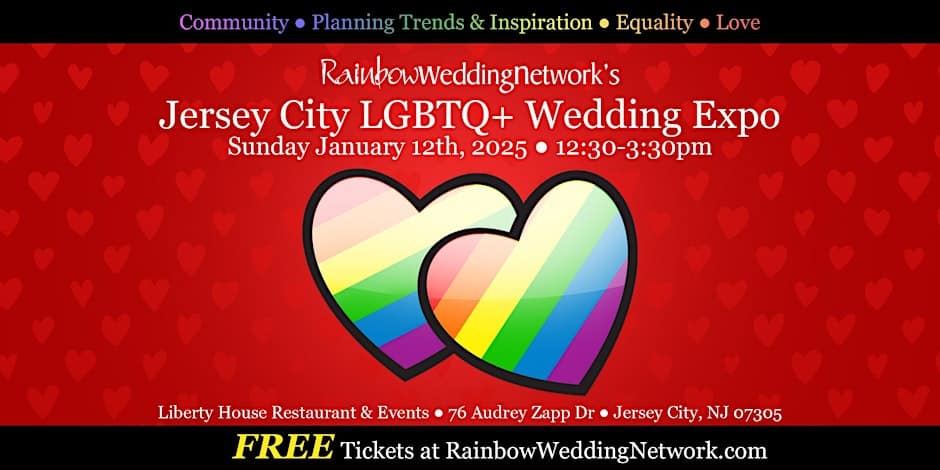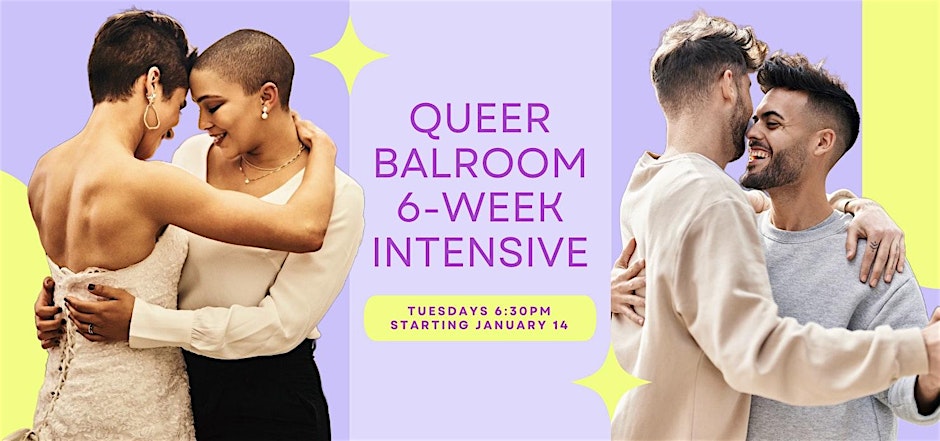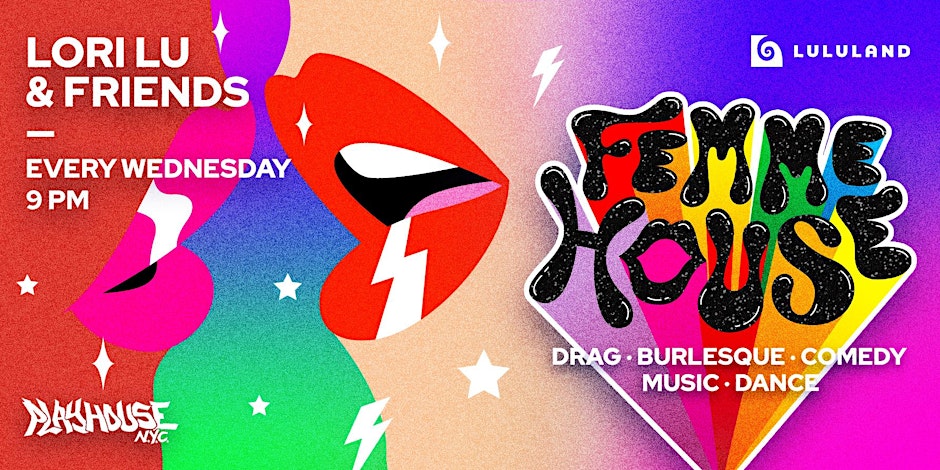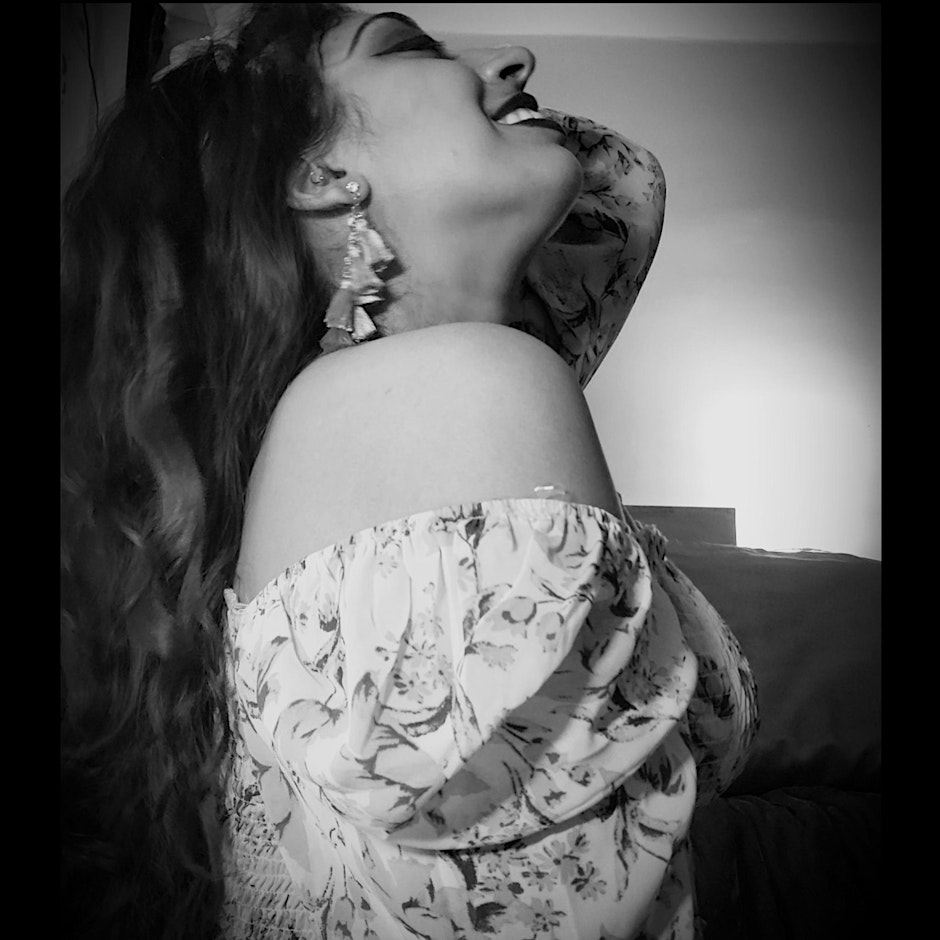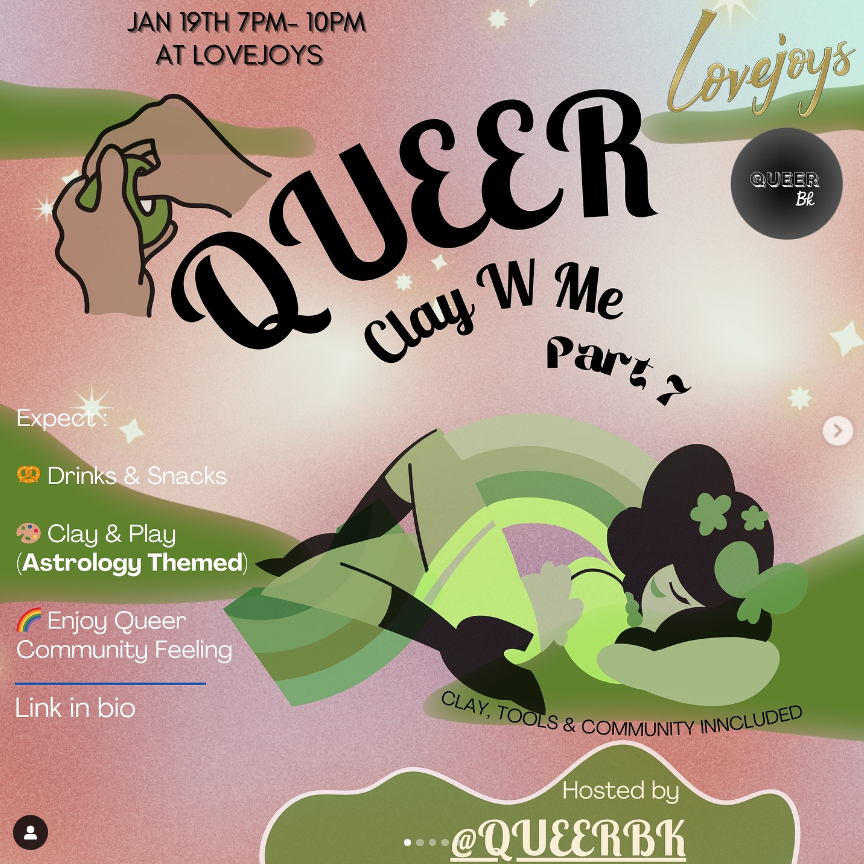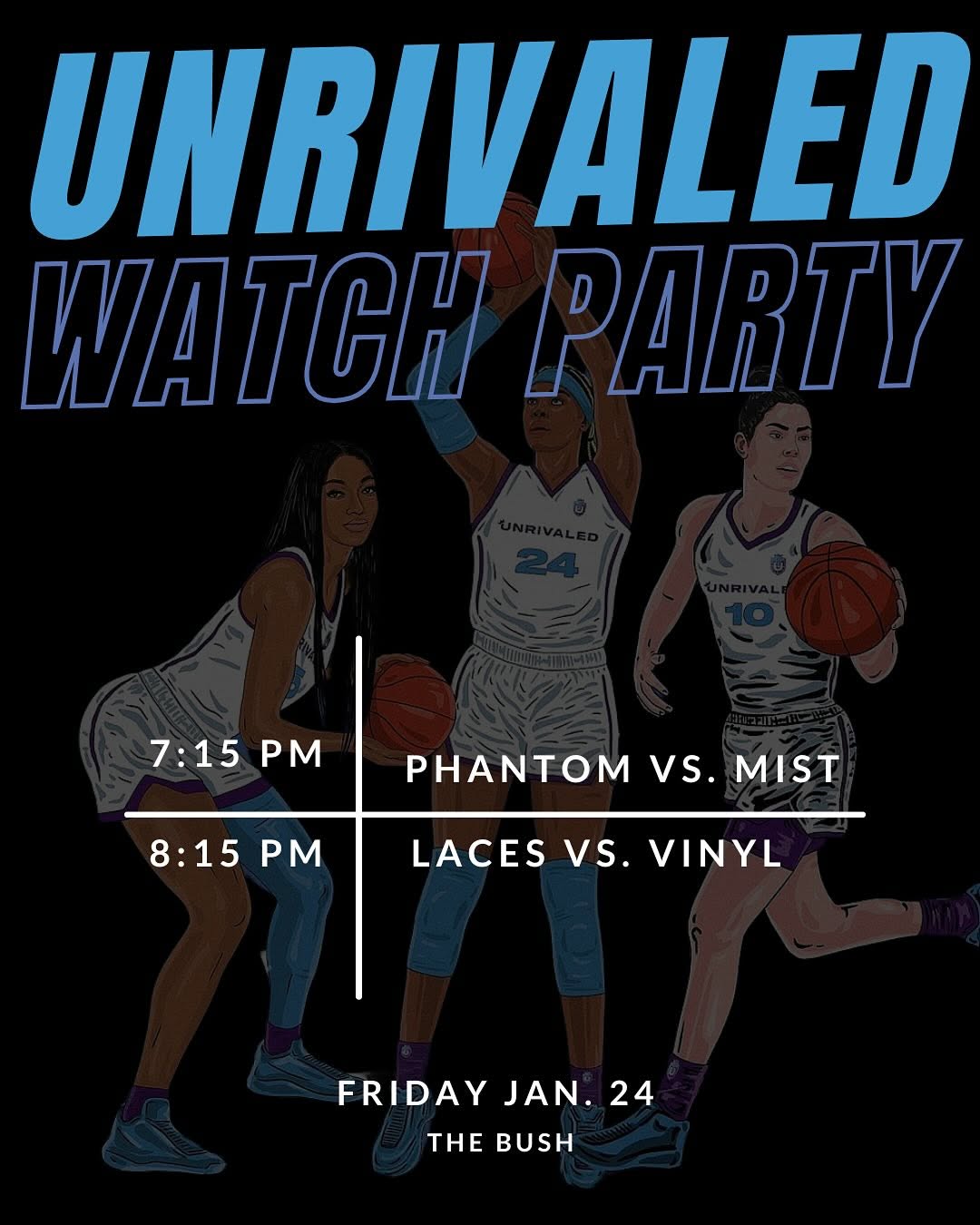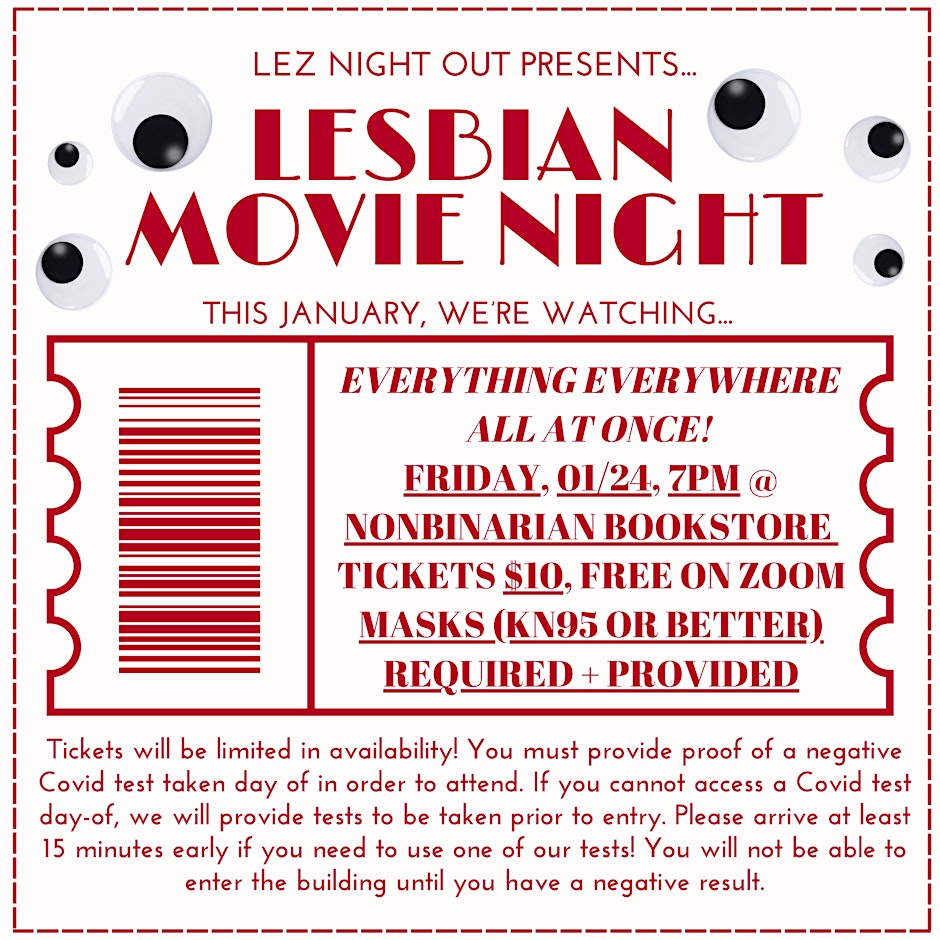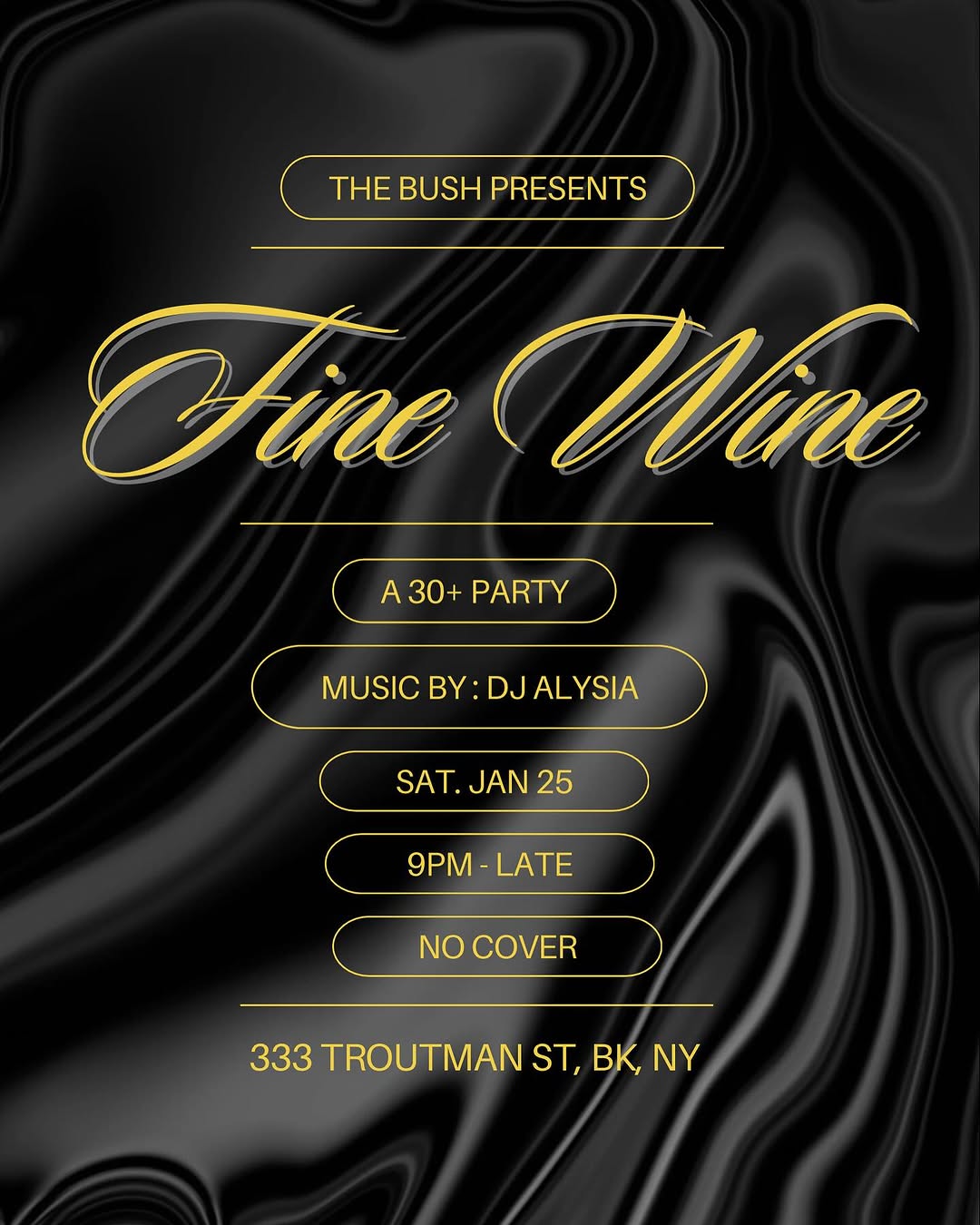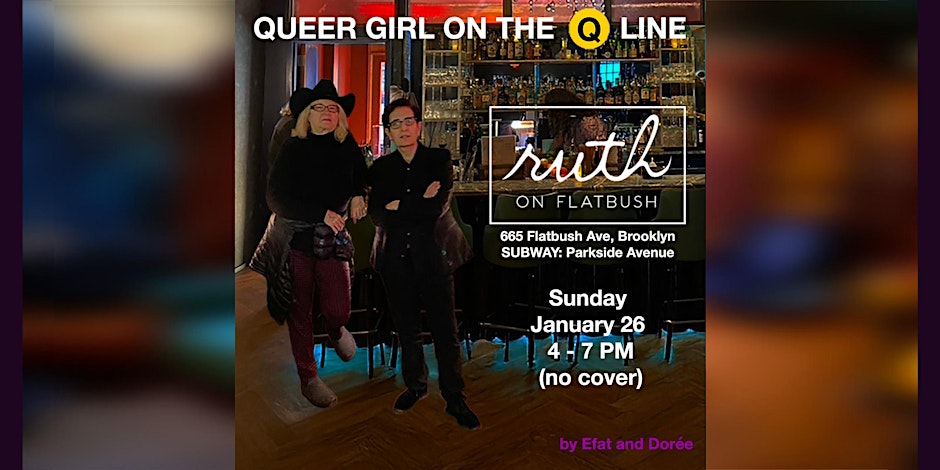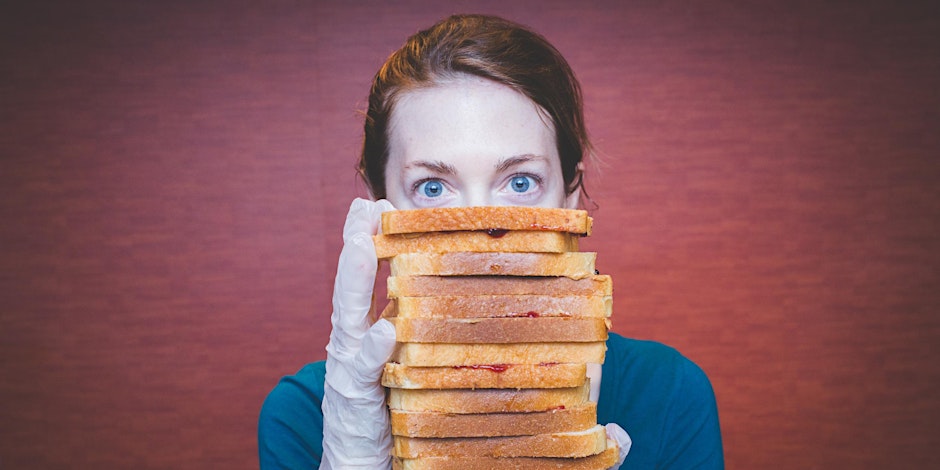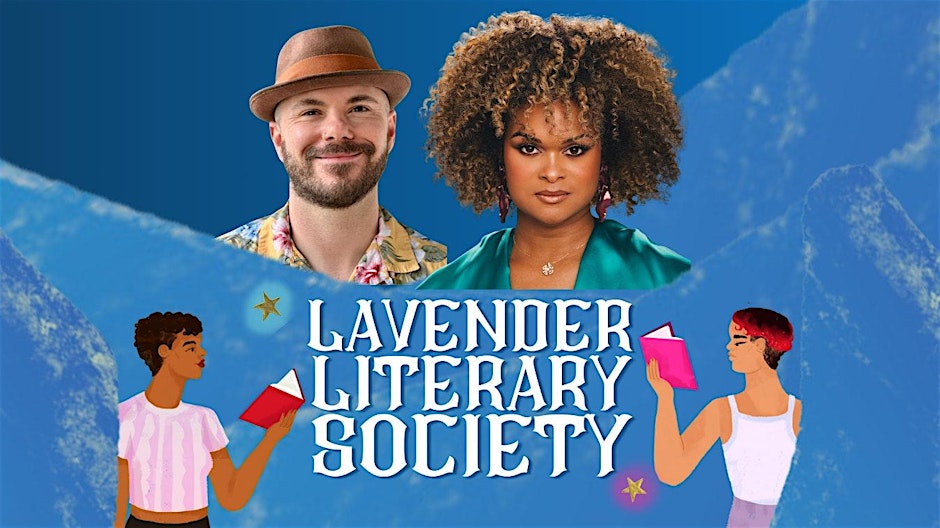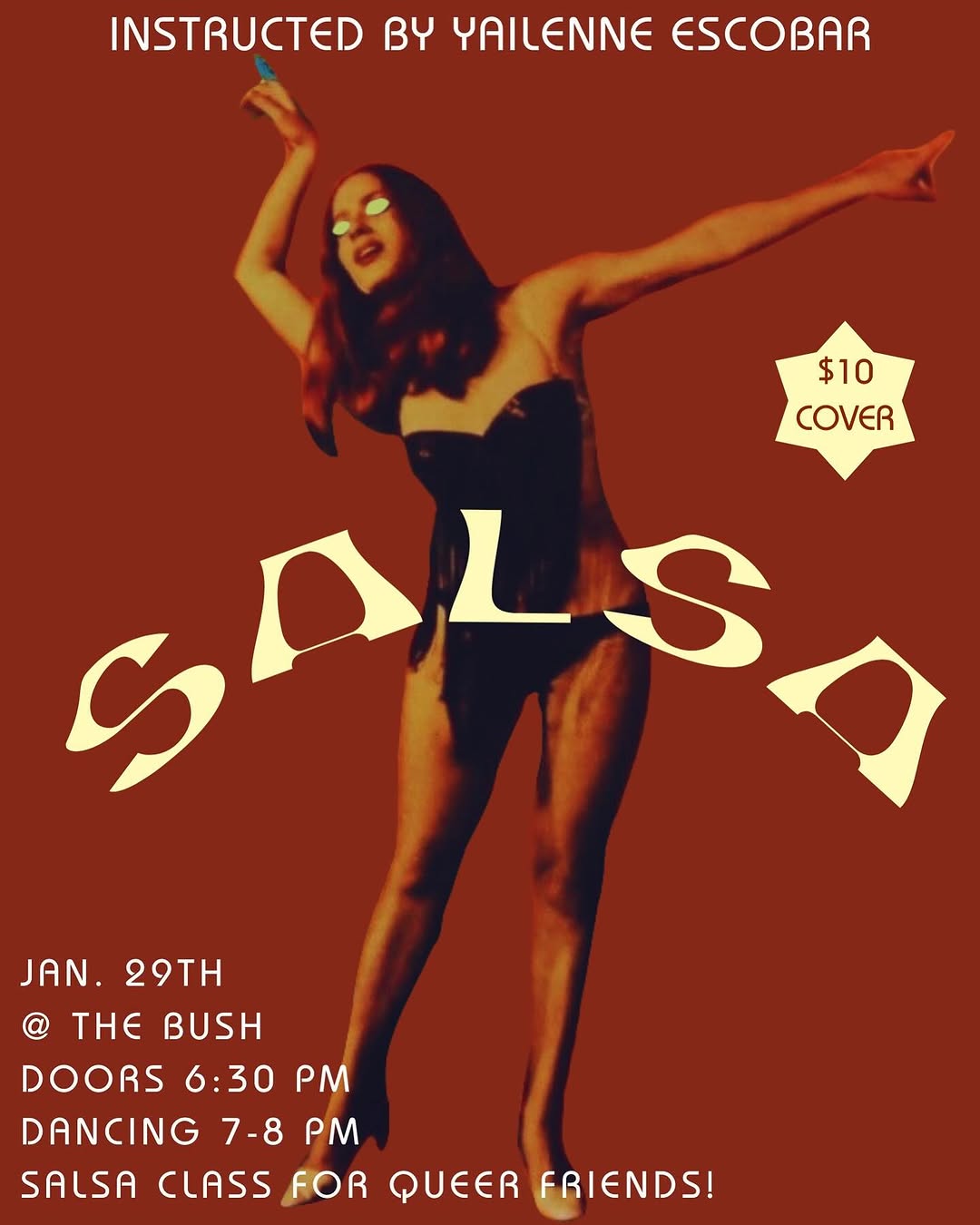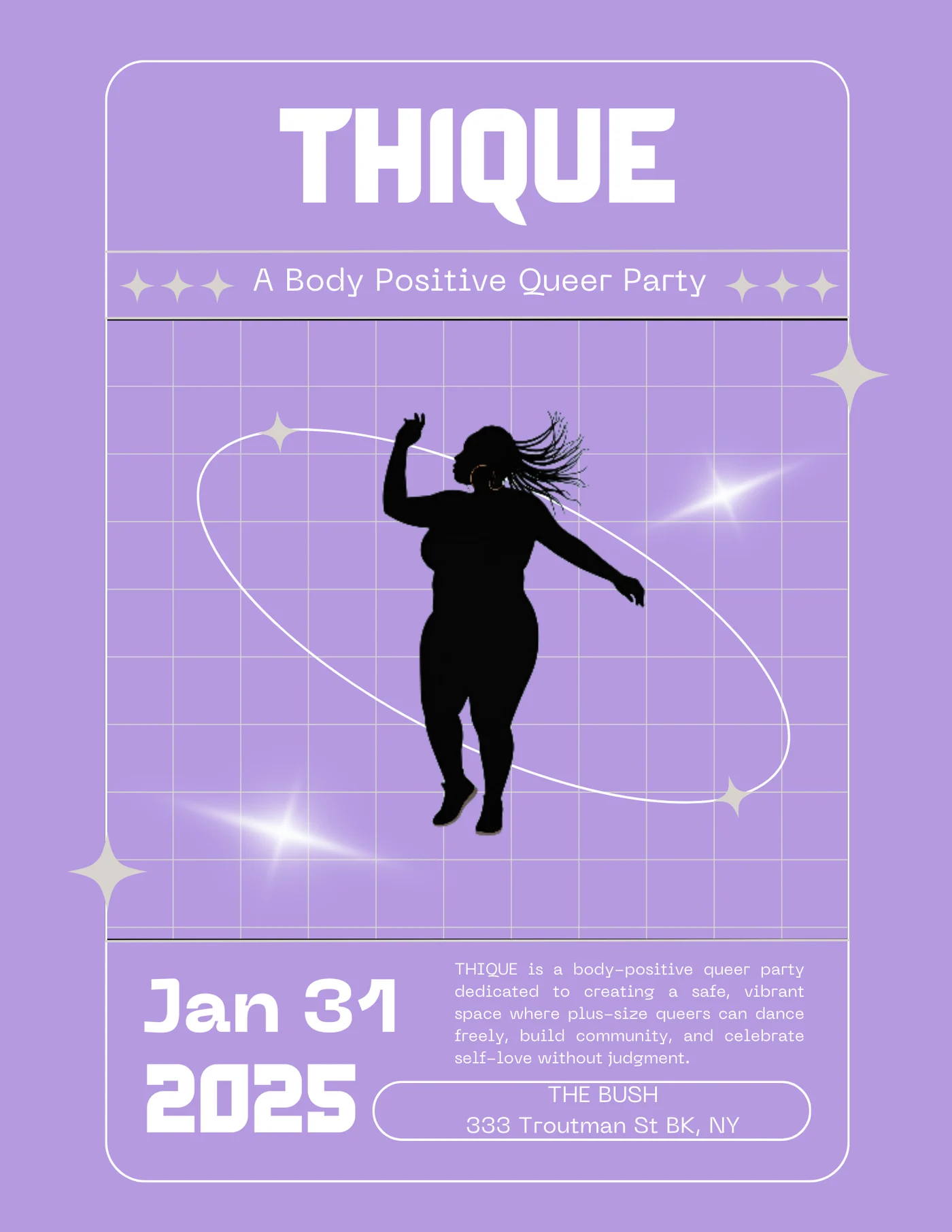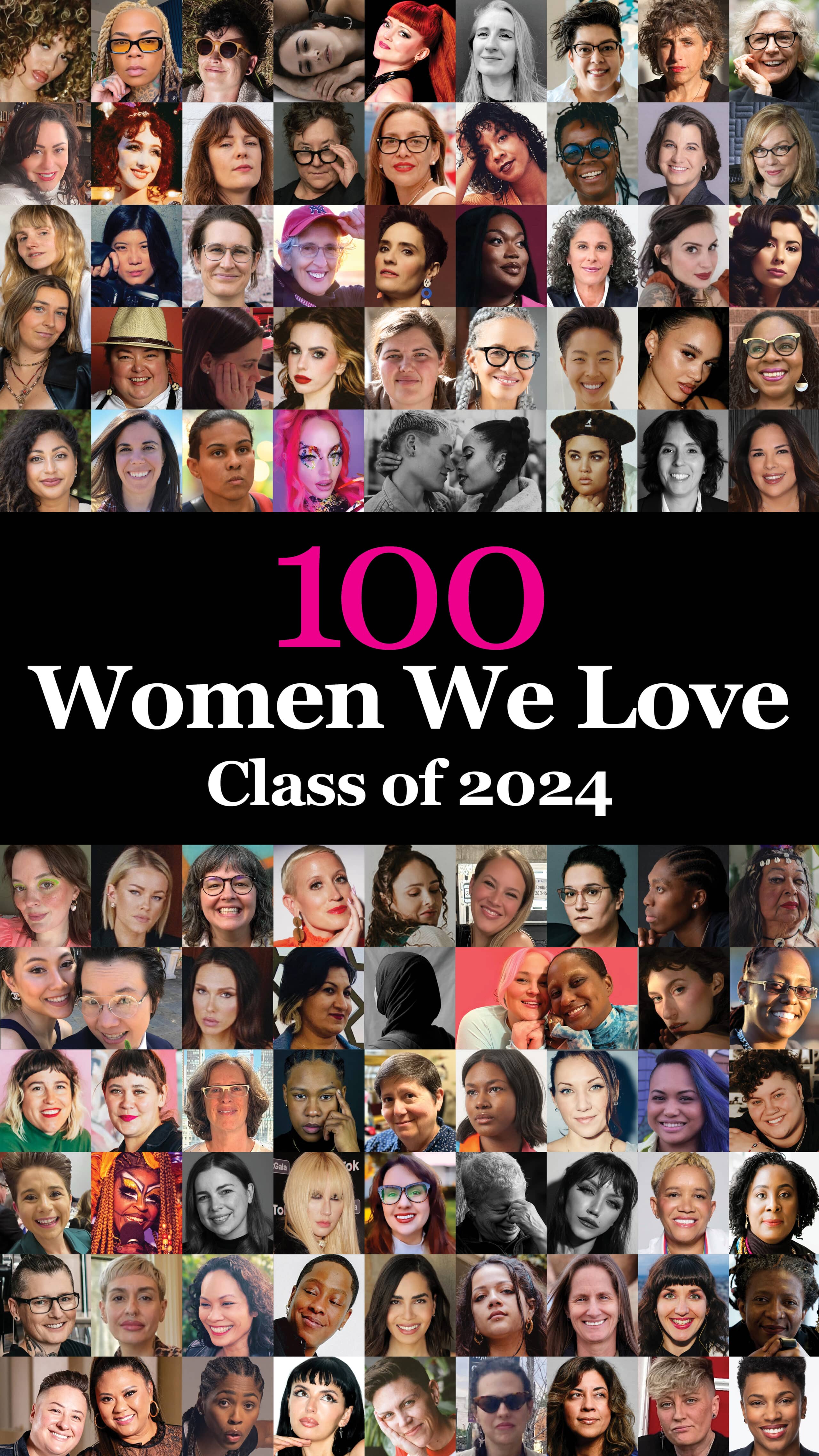In an unsuspecting brownstone at the western edge of Prospect Park stands the largest collection of lesbian history in the world.
The Lesbian Herstory Archives was founded in 1974 and is celebrating their 50th anniversary this year. The team, made up of hundreds of volunteers, has spent decades working, against all odds, to protect and preserve lesbian history. Such crucial work can often feel thankless in the world-at-large, but in the lesbian community, that effort is celebrated – and is key to our survival.

Saskia, who has been volunteering with LHA since 1989, tells GO Magazine the connection visitors have with the archives makes all of the hard work worth it.
“People cry because they see themselves validated,” she says, gesturing to a box of tissues that they keep on-hand. “They see their history validated and that’s exactly why we do this… It happens as much for an 18 year old as for an 80 year old.”
LHA’s two-story Park Slope building (and an off-site storage facility) are filled to the brim with records of lesbian lives. The archives include unpublished papers, banners, music, t-shirts, buttons, CDs, DVDs, art, conference calendars, and more. When you walk in the front door, you’re greeted by smiling lesbian volunteers and floor-to-ceiling bookshelves. Library carts are rolled into every corner filled with hundreds of books organized by category: sports, humor, sci-fi, cooking, music, sexuality, theater, poetry, autobiography, and of course, herstory.

A massive file cabinet on the main floor holds over 1,500 subject files, painstakingly arranged in alphabetical order, which showcase every topic available in the building and where to find more information. Upstairs, you’ll encounter a maze of rooms holding periodicals, lesbian organization files, a button collection, zines, geographic files, and even an archived history of LHA itself. Even copies of GO, dating back to our premiere issue in 2002, are preserved on a shelf. Everything you can imagine from medical texts to a lesbian stripper’s rhinestoned pasties can be found here.

“Everytime I look, I find something new,” says Saskia. “No one here has seen everything.”
In the past 50 years, the archives have grown exponentially, but the collection didn’t always look this way. In 1973, it was only an idea. A group of women, within the Gay Academic Union, were disappointed with how much of lesbian history and culture was viewed through a patriarchal lens. Over the next year, Julia Stanely, Joan Nestle, Deborah Edel, Sahli Cavallo, and Pamela Oline came together in a lesbian consciousness-raising group and began planning the grassroots lesbian archives.
The first version of the archives lived inside a pantry at Nestle and Edel’s apartment on the Upper West Side. Those two founding members filled it with personal papers and books. In true grassroots fashion, the women collected pamphlets, photos, and letters that they believed would hold historical value or prove the existence of the lesbian community at large. They carried these materials around with them in shopping bags to encourage further donations. They spoke anywhere that would have them – bars, churches, women’s festivals, and living rooms. In 1975, LHA published its first free newsletter, which was sent out to all lesbian, feminist, and gay publications in hopes of attracting attention. Word spread. Lesbians and lesbian organizations began sending materials to LHA’s doorstep. As they grew, the group strove to keep the archives free by applying for grants and relying on charitable donations.

“The women who started [the Lesbian Herstory Archives] had no idea how big we would become,” says Saskia. “They had no idea how important we would become. They did understand, and that’s why they did it, how important it could be. But they didn’t realize it would be felt that way within the larger community.”
For the next 15 years, LHA’s home remained within Nestle and Edel’s apartment. By the mid-80s, the collection had grown too large. The group fundraised within the community in order to purchase a new building, which they then spent three years renovating. At first, the bank was unsure about financing a mortgage for a group with no structure and no guaranteed source of income, but LHA was able to raise enough money to pay the bank back in full within four years. In 1993, the Park Slope building opened and still stands proudly today. In 2022, the building was designated as an official city landmark, making it the first in Brooklyn to be designated due to its importance to the queer community.
For volunteers and visitors alike, the archives are a means of connection – whether to information you wished you had access to earlier, to a community that helps you feel less alone, to a reminder of how far we’ve come, or to a reflection of your own story.
“I see how I am literally a part of history,” says Saskia. “I look in the files and I see photographs of actions that I participated in. I see evidence of events that happened that I was in the audience for or that I organized. And I’m thinking, well that’s not history, that’s just something we did. Well, hell yes, duh! History is something you do. That to me is amazing – to realize we are part of history.”
Today, the Lesbian Herstory Archives houses over 11,000 books, 12,000 pictures, 450 special collections, 1,600 periodical titles, 1,500 newsletter titles, 2,000 organizational files, 3,000 biographical files (including unpublished papers, short stories and poetry), thousands of feet of film and video footage, 3,000 spoken word tapes, musical records, CDs, posters, and over 1,000 t-shirts and buttons. And the work continues everyday. Volunteers welcome new donations from anyone (no celesbian status needed), which are mailed or emailed and then organized into heavy-duty storage boxes. The work is long and, at times, tedious, but as Saskia says, it is too important to stop.

“If you don’t have access to your own history, as a marginalized group, then your history becomes someone else’s story. Your identity becomes someone else’s idea of who you are.”
You can view multiple collections online at lesbianherstoryaarchives.org or schedule a visit to their building at 484 14th Street.


